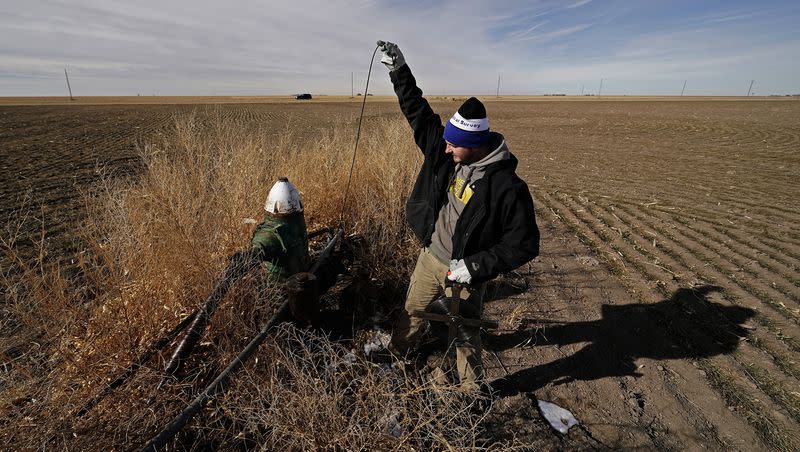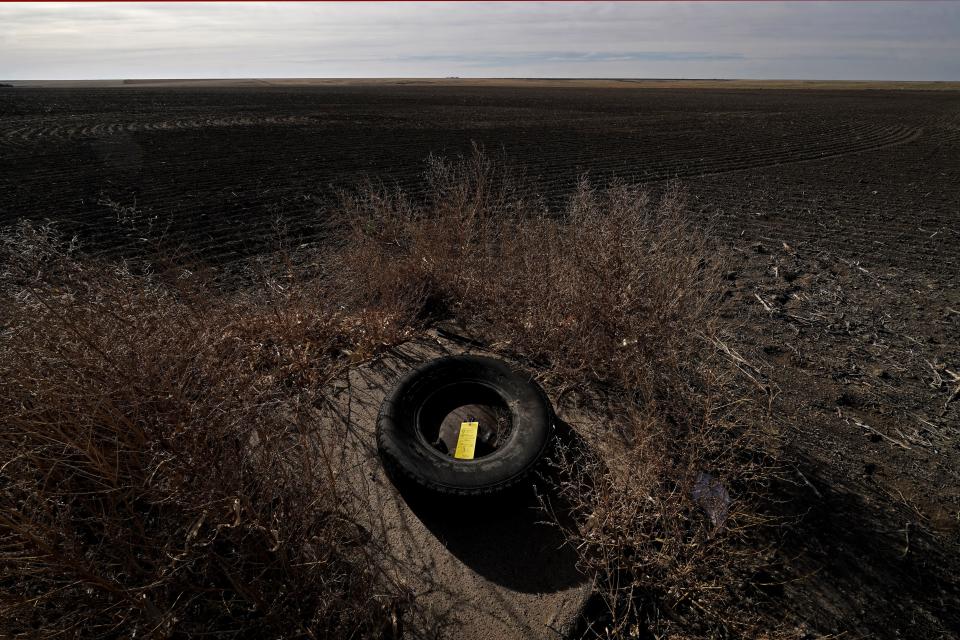Earth’s axis has shifted. Why using groundwater is to blame

The Earth’s axis is shifting east at an estimated rate of 1.7 inches every year due to a decade’s worth of consistent groundwater extraction and relocation, according to a study published in the journal Geophysical Research Letters.
Ki-Weon Seo, a geophysicist at Seoul National University who led the study, said in a statement, “Our study shows that among climate-related causes, the redistribution of groundwater actually has the largest impact on the drift of the rotational pole.”
The study said researchers from Korea, Australia and the U.S. found that between 1993-2010, humans had extracted more than 2,150 gigatons of groundwater from inside the Earth.
The Washington Post said that amount of water could fill more than 860 million swimming pools.
The countries that have extracted the most groundwater were western North America and northwestern India and “if that amount were poured into the ocean, it would raise global sea levels by about 0.24 inches (6 millimeters),” CNN said.
Related

“The distribution of water on the planet affects how mass is distributed. Like adding a tiny bit of weight to a spinning top, the Earth spins a little differently as water is moved around,” the statement said.
CNN quoted Surendra Adhikari, a research scientist at NASA’s Jet Propulsion Laboratory: “The ebb and flow of seasonal change is linked to the angle of the planet’s rotational axis, and over geologic time, a wandering axis could affect climate on a global scale.”
According to the United States Geological Survey, the many uses for groundwater include irrigating crops, plumbing, supplying firefighting efforts and sustaining livestock.
Related
Polar motion
Seo told The Washington Post that Earth’s rotational pole is “tilted about 23.5 degrees relative to our plane of orbit around the sun, which is why we have seasons. The exact position of this pole changes a lot as the planet wobbles around, a phenomenon called polar motion.”
The redistribution of groundwater also affects the Earth’s mantle flow, or the flow of lava between the planet’s crust and outer core, which in turn impacts the Earth’s polar motion, CNN said.
Adhikari said in the statement, “They’ve quantified the role of groundwater pumping on polar motion and it’s pretty significant.”
Seo said while the discovery was able to explain the cause of the rotation pole drift, “As a resident of Earth and a father, I’m concerned and surprised to see that pumping groundwater is another source of sea-level rise,” per the statement.

